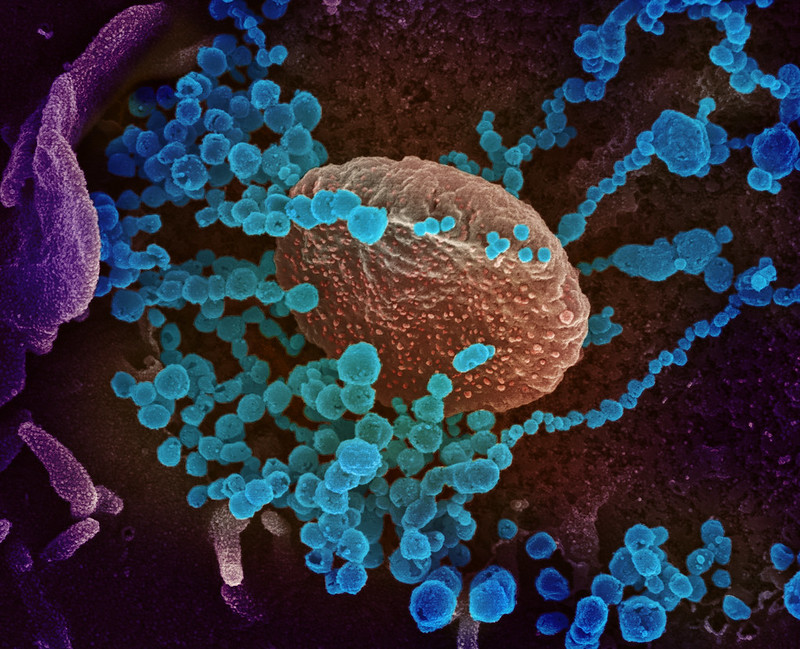The current COVID-19 virus spreading around the world is genetically related to the SARS coronavirus from the 2003 outbreak, but does have some major differences. For the 2003 outbreak of SARS, Chinese citizens contained the disease because once a sick patient was identified, they could be isolated before infecting others. But with COVID-19, people are contagious before showing symptoms, meaning that they can start infecting others without knowing they are sick. This is the main reason why this virus has not been contained and why it has spread around the world so quickly.
A group of researchers wanted to understand, like many of us, how long this pandemic would take to control using two methods — isolation and contact tracing — and if what we are doing is actually working. Isolation refers to how quickly a sick person is quarantined. Contact tracing is sort of like identifying each infected person’s social network, such as where they have been and who they have had contact with in the time period leading up to becoming sick. It allows health workers to understand where new cases may emerge in the future, and they can notify those people that they may have been exposed and encourage them to self-quarantine.
Because we are not able to predict the future or conduct real-world experiments in situations like this, computer models become quite handy. The researchers used a mathematical model to calculate the length of time it would take for new cases to stop appearing given certain features of the disease and how well isolation and contact tracing are performed.
For example, their model considered: 1) how many initial cases you start with, 2) how long the virus takes to produce symptoms, 3) how long the patient waited to isolate after showing symptoms, 4) how many people tend to become infected by one sick person, and 5) the percentage of the sick person’s previous contacts that could be successfully traced. They wrote computer code that allowed them to calculate the outcome of the pandemic 1000 times for each combination of these variables. This allowed the researchers to see approximately how long it would take to contain the infection for each scenario and learn what factors have the largest impact.
Here’s an example of a simulation. Starting with 20 cases, say it takes 5 days to show symptoms, the patient is isolated 8 days after symptoms show up, the patient already infected two people before isolating, and only 40% of their previous contacts could be traced. The researchers would run this calculation 1000 times and see how many cases of the virus accumulated. They would then repeat this with different combinations of numbers. If the number of new cases leveled off after 12-16 weeks, the virus would be considered controllable under those conditions. If more than 5000 cases accumulated, it was considered too big to control.
What they found was that in order for at least 900 of the 1000 simulations to be controlled, 80% of the sick person’s contacts needed to be traced. Unsurprisingly, the fewer people infected by one sick person and earlier isolation of sick people made the disease easier to control. Additionally, a small initial cluster made control easier. For example, an initial cluster of 5 sick people could be controlled even with poor contact tracing, but a cluster of 40 couldn’t be controlled within 3 months even with 80% of their contacts traced. Overall, they found that only very diligent efforts to isolate cases and trace and alert their contacts would be able to control the spread of CoViD-19 within 3 months in most scenarios.
No computer model is perfect, however. They were not able to take into account hospital transmission, which would make things harder to control. Also, they were not able to account for contact tracing of subsequent cases — only the initial cluster. Further, they did not account for social distancing of asymptomatic people. These practices may have improved control. Also, it is important to remember that other computer models exist that make different predictions. One single model does not determine the answer, as science is a team effort.
Preventing transmission in our communities is also a team effort. It is important for us to do what we can to limit the spread by washing our hands for at least 20 seconds with hot water if possible, staying home whenever possible, and temporarily avoiding large crowds and areas where there are known cases. It may seem like nothing, but multiplied by millions of people, small efforts can lead to big results.


